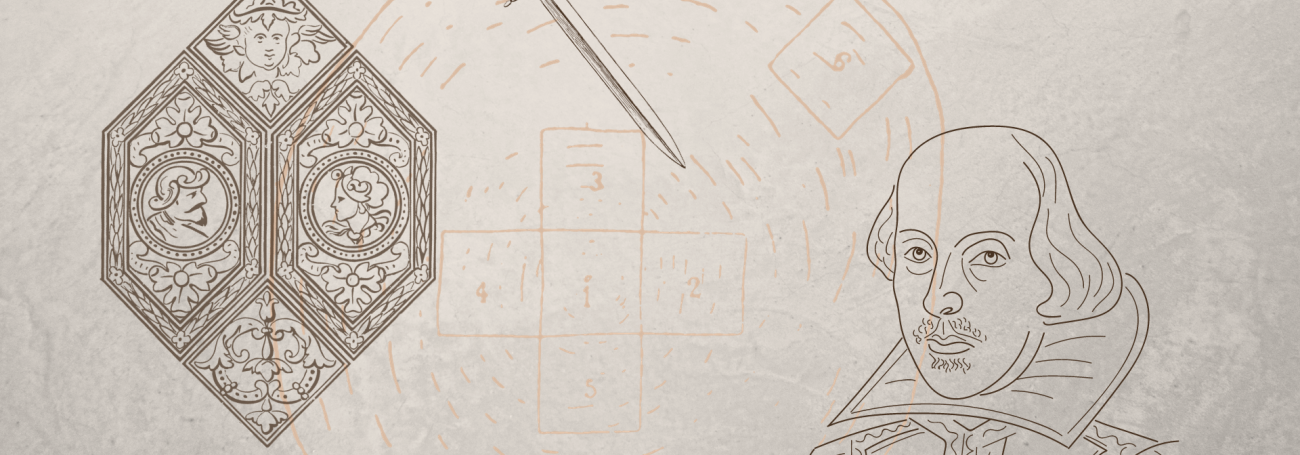What happened to the idea of the justice of ‘consequences’?
The fact that Shakespeare twice fashioned plays around comparing ideas of ‘procedural correctness’ with ideas of ‘consequences’ suggests that these were ideas familiar to his audiences and that there may well have been debates about their relative merits at the time.
Yet Amartya Sen (2009), an Indian philosopher and Nobel Prize Laureate in Economic Science, argues that the English tradition from Hobbes and Locke in the 17th century — not long after Shakespeare died — to Rawls in the 20th has focused on arriving at ideas of justice through reasoning rather than emotion — hence the focus on ‘procedural correctness.’ But he does not argue for the substitution of one set of ideas for another but for an integration of those ideas. For example, restorative justice practitioners have developed a number of ideas around the ‘procedural correctness’ of preparing for a restorative event, managing that event and ensuring positive outcomes from the event. But ultimately both restorative justice practitioners and those involved will judge the success of restorative justice on the consequences which flow from it rather than on its ‘procedural correctness,’ unless they perceive the procedure itself to have been harmful.
Did the ideas disappear or were they below the surface all the time? Carol Gilligan (1982), psychologist and gender researcher, showed that, while boys sought logical solutions to decisions, girls sought solutions which did not hurt. Then again another psychologist, Nona P. Lyons (1988) showed that men overwhelmingly saw justice as objective and based on reciprocity whereas women overwhelmingly saw justice as a response based on relationships. Drawing from his extensive work on cross-cultural leadership issues, Michael H. Hoppe (1998) found that cultures which valued work more than family valued
- job centredness,
- performance centredness and
- results orientation
in organisational life whereas cultures which valued family more than work valued
- employee centredness,
- relationship centredness and
- people orientation
in organisational life.
In other words, abstract impersonal and responsive personal ideas seem to be present and expressed in various ways in modern cultures. So it seems reasonable to assume that they have been present in various ways in the west throughout the last 400 years in spite of the dominance of the abstract impersonal ideas of justice as ‘procedural correctness’ in western thought.
We do not know whether there was an ongoing debate on these ideas in Shakespeare’s time or whether the lack of serious debate prompted Shakespeare to air the issues on the stage. But in the end Measure for measure is a satisfying play because it takes us deep into human emotions in some of the most difficult situations which we can encounter and Shakespeare plots a tortuous route out of the situation which allows him to make further points in the debate before coming to a resolution which brings justice for the women and an acceptance of responsibility on the part of the men. Clearly, whatever the situation in his day, Shakespeare thought that it was important to use his art to make the argument for a justice of ‘consequences.’
Today the arguments for a justice of ‘consequences’ are just as strong as they were in Shakespeare’s day and such a justice would enable restorative justice to find its true place in today’s societies.


